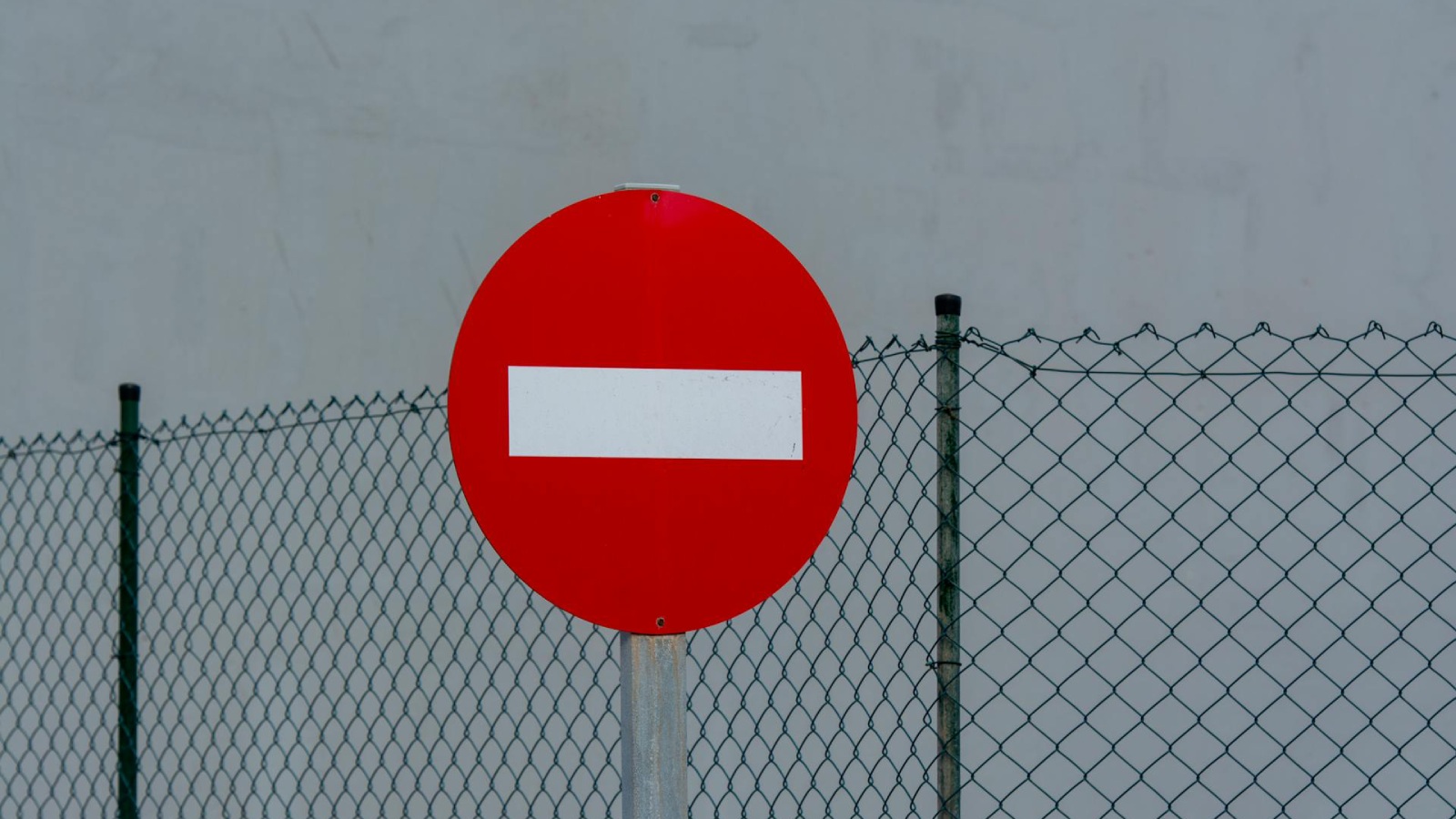The Bank of England (BoE) wants to modernise its real-time gross settlement (RTGS) system by introducing synchronised settlement. Sarah Breeden, deputy governor of BoE, outlined the bank’s vision during a speech at the Innovate Finance Summit in London.
BoE wants to introduce synchronised settlement in various assets by linking the traditional RTGS ledger with other ledgers, including those utilising distributed ledger technology (DLT). Synchronisation allows linking transfer of two assets in a way that one asset moves if and only if the other asset moves. In her speech, Breeden highlighted the concept of “atomic settlement”, where money and assets move simultaneously across different ledgers, expanding the scope of delivery-versus-payment or payment-versus-payment mechanisms.
She referenced a 2023 collaborative project with the BIS Innovation Hub (of the Bank for International Settlements), which explored how synchronisation could streamline housing purchases. “Movement of funds in RTGS could automatically take place at the same time as the change in home ownership is recorded on a digitised title deed, meaning less need for costly and risky chains of intermediaries,” Breeden explained.
24/7 operation
The deputy governor noted progress in the renewal of the UK’s RTGS system. “The system now operates using global messaging standards to enable more automatic processing of payments, domestically and cross-border.” BoE has plans to transition the system later this year to a more resilient core settlement engine, with potential for near 24/7 operation in the future. It additionally evaluates strategies to increase the number of financial institutions with direct access to RTGS.
BoE also established a new “omnibus” account within the current RTGS system. This allows private sector payment systems using DLT to offer settlement in a tokenised representation of central bank money.












